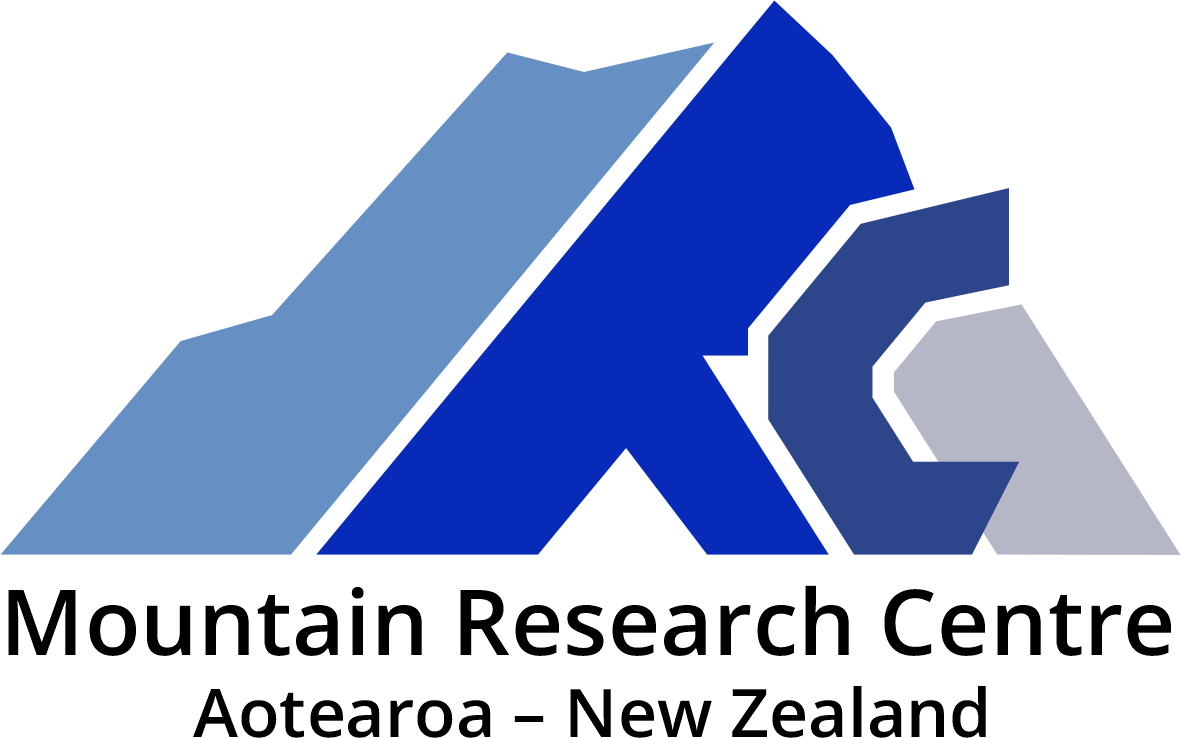The 2022 winter season brought some impressive avalanche cycles to the Southern Alps/Kā Tiritiri o te Moana. We are still sifting through all the data, but regions like Aoraki Mount Cook National Park had a very active winter--especially in July and August. After the record-breaking avalanche cycle...
MRC is leading a new collaborative project that seeks to improve the modelling of seasonal snow and catchment processes. The three-year project has received funding of 733,000 from the Deep South Challenge: Changing with our Climate, and will be led by Associate Professor Nicolas Cullen, in collabor...
We are looking forward to the data we will be capturing with a newly installed camera designed to monitor avalanche activity in the Hooker Valley in Aoraki Mount Cook National Park. We will be using cameras to improve our observation of large snow avalanches running into the Hooker Lake and Hooker Glacier. The frequency and size of avalanches seen by the cameras will be used to verify the satellite record of avalanches in the park and used for snow avalanche hazard modelling MRC are doing in collaboration with the Department of Conservation and partners at the WSL Institute for Snow and Avalanche Research (SLF) in Switzerland.
Camera installation under Department of Conservation research permit, 91872-RES.
The second issue of the New Zealand Avalanche Dispatch (NZAD) was released in September. It provides a strong follow-up to the inaugural issue of this community led publication, with a wealth of information for snow and avalanche professionals and recreationalists alike. The editorial team h...
The inaugural issue of the New Zealand Avalanche Dispatch (NZAD) is now available online. A community led initiative, NZAD provides a welcome platform for communicating ideas and issues around avalanche safety amongst professionals and recreationalists in the New Zealand context. The edito...






